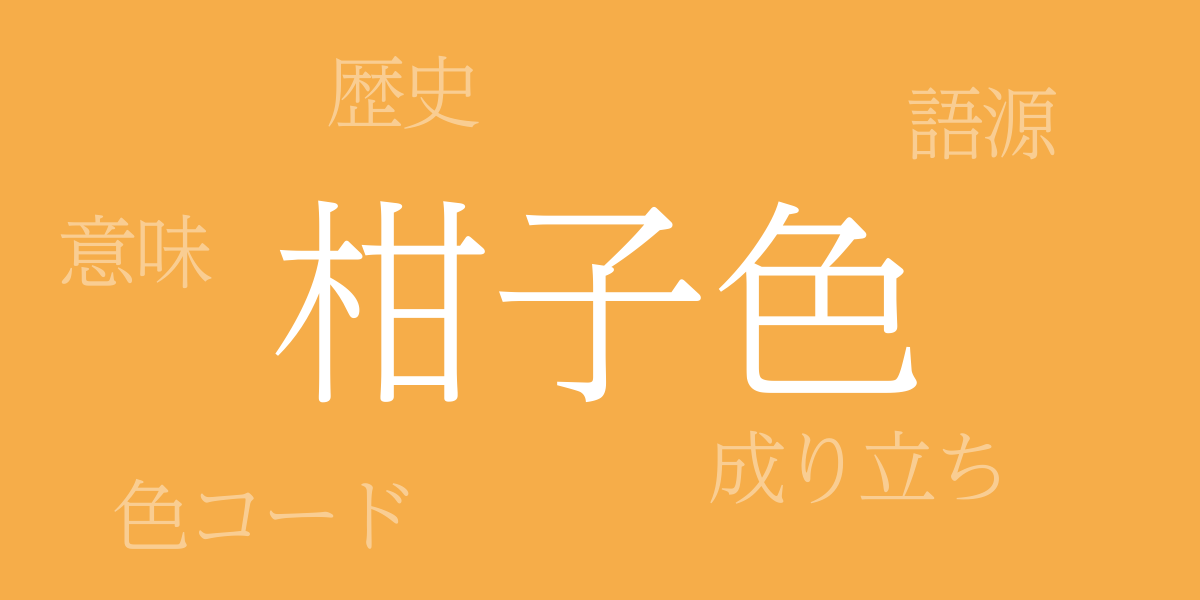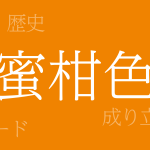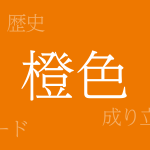Japan’s seasons are rich in color, each season possessing its own unique hue. Among these, Japanese traditional colors are known for their delicacy and depth, and are loved worldwide as symbols of Japanese culture. This time, we focus on “Kouji-iro (こうじいろ – Kouji-iro),” exploring the charm of this traditional color.
About Kouji-iro (こうじいろ – Kouji-iro)
Kouji-iro (こうじいろ – Kouji-iro) is a bright and warm yellow hue, reminiscent of ripe citrus fruits. As one of Japan’s traditional colors, it has long been used in clothing and crafts. Kouji-iro is also cherished as a color that evokes the autumn season and is deeply rooted in the hearts of the Japanese people.
The History of Kouji-iro
The history of Kouji-iro is ancient, established within Japanese color culture as early as the Heian period. The nobility of that time preferred to express the changing seasons through colors, and Kouji-iro was used to represent autumn. It is believed that natural materials such as persimmon tannin and indigo were used as dyes for this color.
Kouji-iro Color Codes
Color codes are necessary to reproduce Kouji-iro in digital design and on the web. Below are the color codes for Kouji-iro:
- HEX: #F6AD49
- RGB: R:246 G:173 B:73
- CMYK: C:5 M:42 Y:75 K:0
The Western Name for Kouji-iro
The Western equivalents of Kouji-iro are names like “Apricot” and “Cadmium Yellow.” These names are used in different cultural regions and, like Kouji-iro, provide a bright and warm impression.
Conclusion on Kouji-iro
Kouji-iro, with its vividness and warmth, is a captivating traditional Japanese color. Loved throughout history, this color continues to be actively incorporated in modern fashion and design fields. In digital design, expressing Kouji-iro using color codes allows us to convey the beauty of Japanese tradition to the world.

























